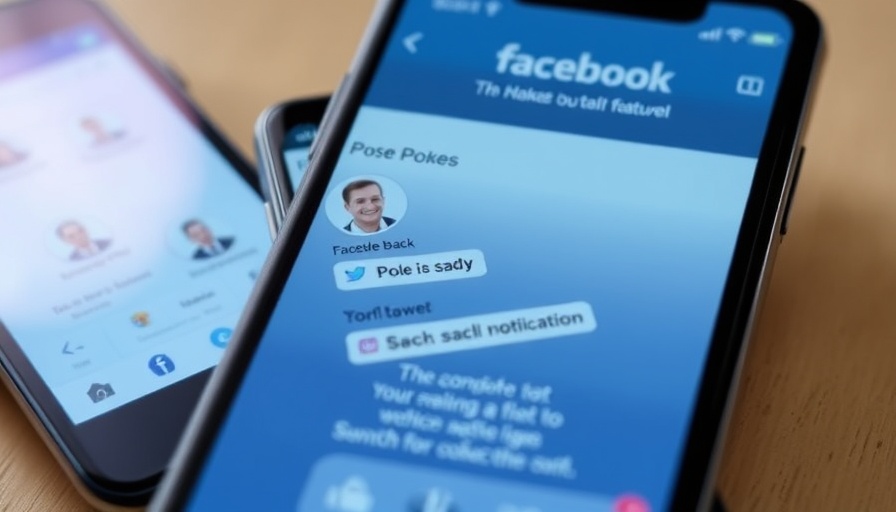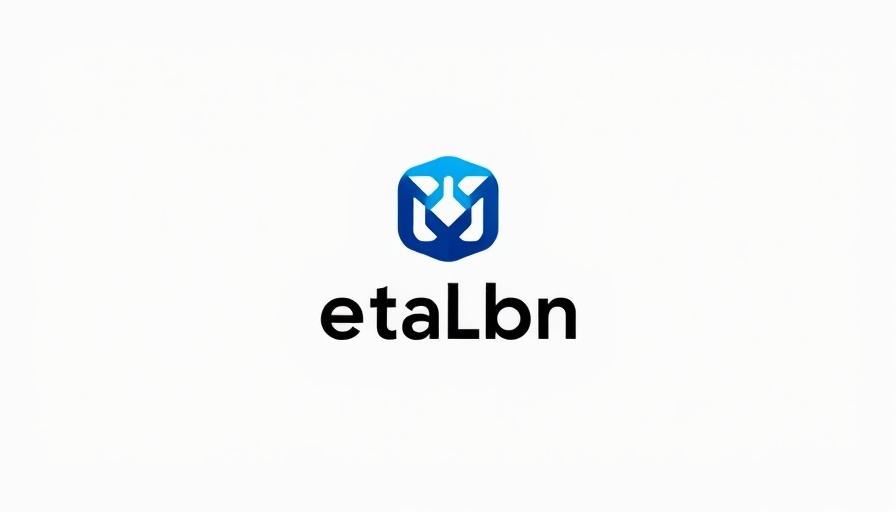
Understanding the Roots of Excessive Apologizing
Excessive apologizing is a behavior that many may unconsciously adopt, often rooted in childhood experiences and perceptions. Business owners and professionals often find themselves caught in this cycle, affecting their interactions and negotiations. By exploring the underlying beliefs that contribute to this tendency, we can gain valuable insights into how to foster healthier communication dynamics in the workplace.
The Link Between Upbringing and Over-Apologizing
One of the main reasons individuals find themselves frequently apologizing is due to the values instilled during their upbringing. For some, growing up in households where admitting fault was glorified can lead to a perpetual cycle of unnecessary apologies. They learned that saying “sorry” has its benefits—maintaining harmony and evading conflict. While this trait can reflect a level of emotional intelligence, it can also hinder one’s ability to assertively engage in meaningful business relationships.
Creating a Culture of Assertiveness
Understanding the psychological underpinnings behind over-apologizing is crucial in the business world. As business owners, it's essential to cultivate a culture that prioritizes clarity, respect, and honesty. By addressing this tendency, teams can be more effective in their communications, ultimately leading to improved collaboration and decision-making. It’s important to encourage assertiveness while maintaining empathy.
How Apologizing Can Affect Business Relations
Consider a scenario where a consultant apologizes for providing critical feedback during a meeting. While the intent may be to soften the blow, such behavior can undermine the value of their input, leading clients to undervalue their insights. Clients seek expertise and clarity, not constant reassurances and apologies. Recognizing when an apology is appropriate—and when it may detract from one’s expertise—is crucial for successful client interactions.
Fostering Genuine Connections Through Communication
Excessive apologizing can severely limit genuine connections with others, leading to passive communication patterns. Business owners should aim to create direct and open lines of communication. By sharing thoughts candidly, without excessive apologies, professionals can cultivate relationships built on trust and respect. This leads to more productive conversations and reinforces a solid foundation upon which to build long-term partnerships.
Practical Tips for Reducing Excessive Apologizing
To foster an environment where assertiveness thrives, consider implementing the following strategies:
- Practice self-reflection: Identify your triggers for over-apologizing and consciously work to alter that mindset.
- Set clear boundaries: Ensure you communicate your expectations and limits openly, reducing the need for apologies.
- Empower team members: Encourage colleagues to express their ideas without diminishing their contributions with unwarranted apologies.
- Model assertive communication: As a leader, demonstrate how to communicate effectively and assertively in both verbal and written forms.
Conclusion: Embrace Your Strengths
Understanding the psychology behind over-apologizing can be transformative for business owners and professionals. By acknowledging the root causes of this behavior, individuals can switch from a pattern of apologizing to one of confident and assertive communication, ultimately enriching the dynamics of their professional interactions. Embrace the courage it takes to express your viewpoints openly and sincerely without defaulting to an apology.
If you find yourself constantly apologizing, reflect on how this may impact your professional relationships and consider adopting a more direct communication style. Empowering yourself and your team to engage confidently can pave the way for significant growth and success.
 Add Row
Add Row  Add
Add 




Write A Comment